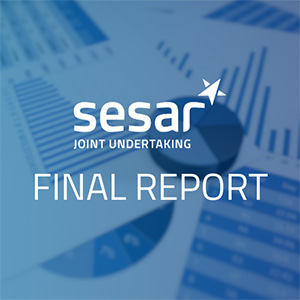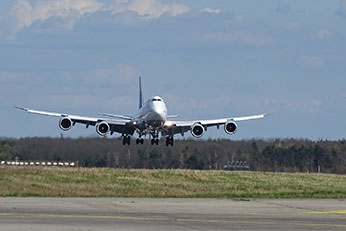Demand Capacity Balancing (DCB) minimises disruption and optimises operations using powerful, accurate forecasting that balances demand with capacity allowing the airport to anticipate and mitigate disruption.
DCB is a predictive decision making platform, drawing on a range of data sources including weather conditions, live flight data and airport operational data to deliver seamless, uninterrupted airside operations. The in-the-moment operational response capability ensures peak performance for the airport on-theday through proactive plans the airport operations teams create. DCB is deployed at Heathrow Airport to generate the information needed for optimal interaction of the Airport and Network Operation Plans.
Influencing Demand
DCB influences demand on the airport using Target Times of Arrival (TTAs) for aircraft. TTAs manage and reduce airborne holding in line with principles being introduced by SESAR (the Single European Sky ATM Research programme). The predictive decision-making provided by DCB smooths hotspots in demand by automatically selecting candidate flights for TTAs and moving them out of the hotspot. These include flights running earlier than scheduled that cause the peak in demand.
Airport Capacity Enhancement
DCB is one of the products and consultancy services from NATS that supports airport capacity and resilience. NATS’ Airport Capacity Enhancement methodology identifies the optimal method to support operational needs.
Objective
The S2020 project “PJ09 Advanced DCB” evolves the existing DCB process to a powerful distributed network management function which takes full advantage from the SESAR Layered Collaborative Planning, Trajectory Management principles and SWIM Technology to improve the effectiveness of ATM resource planning and the network performance of the ATM system in Europe.
Solution 1 develops shared situation awareness with respect to demand, capacity and performance impacts. Traffic and demand forecast have improved reliability based on complexity assessment and the computation of confidence indexes. Network Operations is continuously monitored through Network Performance KPA/KPI. Network impact assessment analyses trade-offs and facilitate collaborative decision making processes.
Solution 2 forms the core functionality of the INAP process (everything which can and should be decided locally. Solution PJ09-02 is the logical follow-up of the SESAR1 Local DCB toolset. It includes: INAP management, ASM integrated into DCB, reconciliation of DCB measures with local complexity management, ATC and Arrival Management. The solution addresses the integration of Local Network Management with extended ATC planning and arrival management activities in the short-term to execution in a seamless process.
Solution 3 delivers subsidiary Network Management facilitated by a rolling NOP planning environment (including weather, demand pattern and capacity bottlenecks). Network Operations planning and Execution is managed by an agreed set of rules and procedures, guiding subsidiary DCB and UDPP measures under consideration of trade-offs and network performance targets. Collaborative 4D constraints management integrates AUs priorities and reconciles DCB measures with Airports, ACCs, AU and NM.




